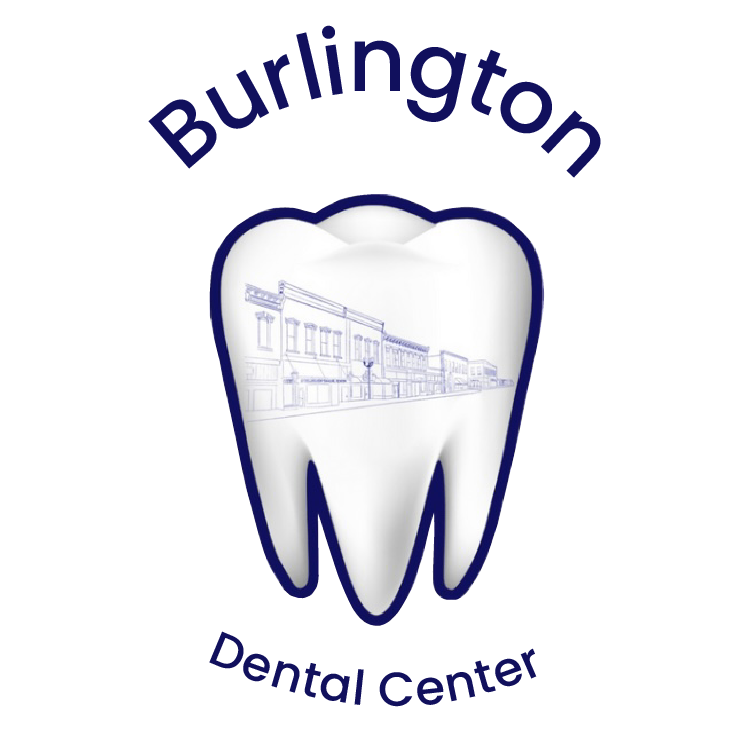
D0417 vs. D0418 vs. D0419 Dental Codes
Understanding CDT codes D0417, D0418, and D0419
D0417: Used for collecting and preparing saliva samples for diagnostic purposes (such as genetic testing for periodontal disease susceptibility).
D0418: Applies to the analysis of saliva samples within the dental office, covering a broad range of tests from periodontal disease markers to systemic health indicators.
D0419: Focuses on measuring salivary flow rates to diagnose conditions like dry mouth (xerostomia), which can indicate systemic issues or medication effects.
Note: Patients should be aware that these diagnostic procedures, especially D0419, are often not covered by dental insurance plans.
Understanding Dental Codes D0417, D0418, and D0419
Dental codes D0417, D0418, and D0419 each serve specific purposes related to salivary diagnostics — a growing area in dental care that aids in the assessment and management of oral and systemic health conditions.
Here’s a concise breakdown of what each code represents, their applications, and considerations regarding insurance coverage.
D0417: Collecting and Preparing Saliva Samples
CDT code D0417 is used for the collection and preparation of saliva samples for diagnostic testing. This can include tests like MyPerioID, which assesses genetic susceptibility to periodontal disease.
Application: This code is applicable when a dental professional collects a saliva sample from a patient and prepares it for analysis, either in the office or by sending it to an external laboratory.
Procedure Scope: The procedure includes all steps involved in ensuring the saliva sample is ready for accurate testing, such as collecting the sample, preserving it, and preparing it for transport or analysis.
D0418: Analysis of Saliva Sample
D0418 covers the analysis of saliva samples to diagnose or monitor various conditions. Unlike D0425, which is narrowly focused on caries susceptibility, D0418 encompasses a broader range of tests that may relate to periodontal disease, hormone levels, cancer markers, and more.
Application: This code is used when the saliva sample is analyzed using in-office test kits or equipment to provide immediate results or insights into the patient’s health.
Comparison with D0425: While D0425 specifically targets caries susceptibility tests, D0418 applies to a wider array of diagnostic purposes, making it more holistic in its approach.
D0419: Measurement of Salivary Flow
D0419 is designated for procedures that assess the rate of salivary flow, often used in diagnosing conditions like xerostomia (dry mouth), which can significantly impact oral health and comfort.
Application: This involves measuring the flow rate of saliva to evaluate gland function, which can indicate systemic conditions such as Sjögren's syndrome or side effects from medications.
Procedure Details: The measurement can be conducted using various techniques, depending on the clinical setup and the specific needs of the diagnosis.
Insurance Considerations for D0417, D0418, and D0419
It is important for patients to understand that these codes, particularly D0419, are unlikely to be covered by dental insurance plans. Many insurers consider salivary diagnostic tests and salivary flow measurements as experimental or not essential for dental care.
Insurance Coverage: Patients should be advised to check with their insurance providers for specific details about coverage and possible out-of-pocket costs.
Cost Management: Dental practices may need to discuss financial considerations and potential benefits of these tests with patients to help them make informed decisions about their care.
Final Thoughts
D0417, D0418, and D0419 play vital roles in the expanding field of salivary diagnostics within dentistry. Each code addresses a different aspect of saliva analysis and has specific applications that can contribute to comprehensive oral and systemic health assessments.
Understanding these codes helps ensure that dental professionals can accurately document and bill for these services, while also setting realistic expectations for patients regarding the benefits and costs of such procedures.
* Though the author of this post is a licensed dentist in the state of Kansas, this information is provided for informational and educational purposes only. Please use your best judgment and contact emergency medical services in the event of an emergency.
